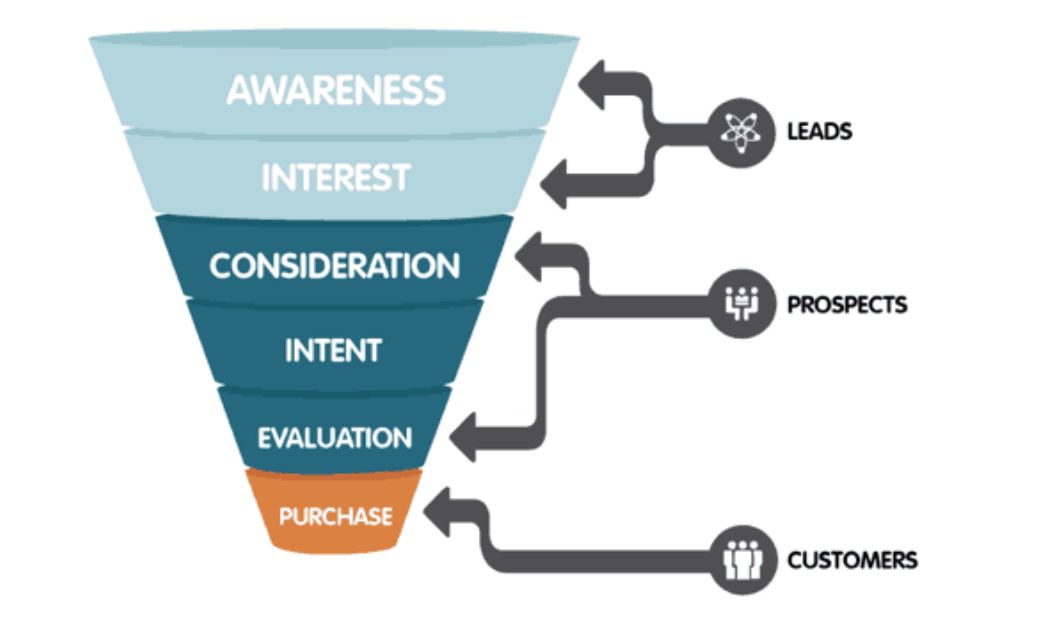Dasiwang: Your Gateway to Trending Insights
Stay updated with the latest news, trends, and insights across various topics.
Turning Players into Fans: The Secret Recipe of Player Acquisition Funnels
Unlock the secret to transforming casual players into loyal fans! Discover the game-changing player acquisition funnels today!
Understanding Player Acquisition Funnels: How to Transform Casual Players into Loyal Fans
Understanding Player Acquisition Funnels is crucial for game developers and marketers aiming to convert casual players into loyal fans. A well-structured funnel typically includes several stages: awareness, acquisition, activation, retention, and referral. During the awareness stage, potential players discover your game through various marketing channels such as social media, influencers, or advertisements. Once their interest is piqued, the next step is acquisition, where they download the game. This initial hook is vital, as it influences whether players will continue their journey down the funnel.
Once players are in the game, the activation phase begins, where creating a compelling first-time experience is essential. Providing introductory tutorials and immersive storytelling can enhance engagement. Following activation, it’s critical to focus on retention strategies, such as offering daily rewards, hosting in-game events, and fostering community interaction. Additionally, encouraging players to share their positive experiences with friends can enhance the referral stage, driving new users into the funnel. By strategically managing each phase of the Player Acquisition Funnel, developers can transform casual players into not just active participants, but loyal fans who advocate for your game.

Counter-Strike is a highly popular first-person shooter franchise that has captivated gamers worldwide. It involves two teams, terrorists and counter-terrorists, competing to complete objectives or eliminate each other. For those looking to enhance their gaming experience, be sure to check out the shuffle promo code for some exciting in-game benefits.
The Psychology Behind Player Retention: Key Strategies for Successful Engagement
The psychology behind player retention is a multifaceted topic that plays a crucial role in the success of gaming platforms. Understanding player behavior is essential for developers looking to keep their audience engaged. Key strategies often involve enhancing the user experience through personalized content and meaningful rewards. By utilizing data analytics, developers can identify patterns in player engagement, allowing them to tailor experiences that meet the specific desires and motivations of their user base.
One effective strategy for boosting player retention is implementing progressive challenges. This involves gradually increasing the difficulty of tasks to match player skills. Players generally prefer games that offer a balanced challenge, keeping them invested over time. Furthermore, fostering a sense of community through social interaction features, such as in-game guilds or multiplayer options, can significantly enhance engagement. When players feel a sense of belonging, their likelihood of returning increases, making community-oriented strategies a vital aspect of retention efforts.
What Makes a Player a Fan? Unpacking the Elements of Strong Player Communities
The phenomenon of becoming a fan of a player often transcends mere admiration for their skills on the field. Strong player communities are built on a variety of emotional and social factors that resonate deeply with fans. Firstly, personal stories play a crucial role; when players share their journeys, struggles, and triumphs, they become more relatable. Fans are likely to connect with these narratives, fostering a sense of loyalty and support. Additionally, the interaction between players and fans through social media platforms and community events can enhance this bond, allowing fans to feel a personal connection to their favorite athletes.
Another essential element that helps define a fan's relationship with a player is the sense of belonging within a community. Strong player communities are often characterized by shared experiences, whether it's celebrating victories or enduring defeats together. This sense of camaraderie is bolstered by organized events such as watch parties, fan clubs, or discussions on online forums, where members can express their passion and support for their player. Furthermore, mutual respect between players and fans cultivates an environment where everyone feels valued, strengthening the overall sense of community and loyalty that keeps fans engaged.